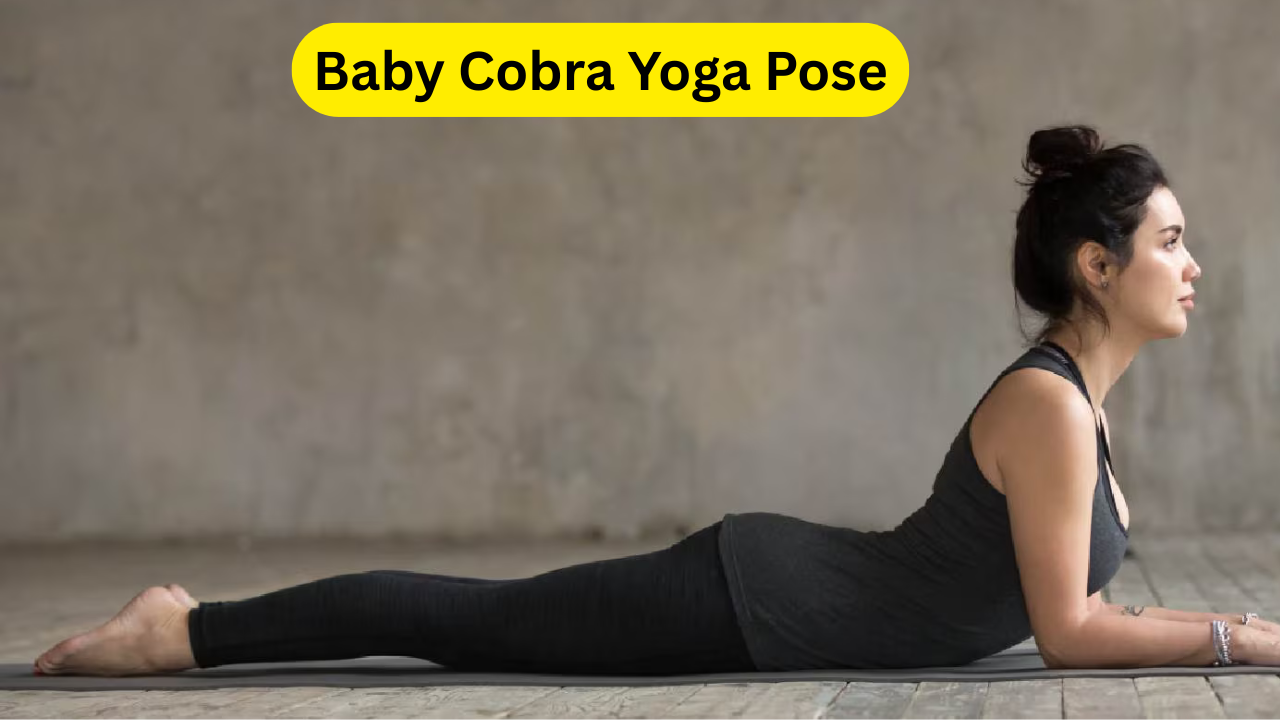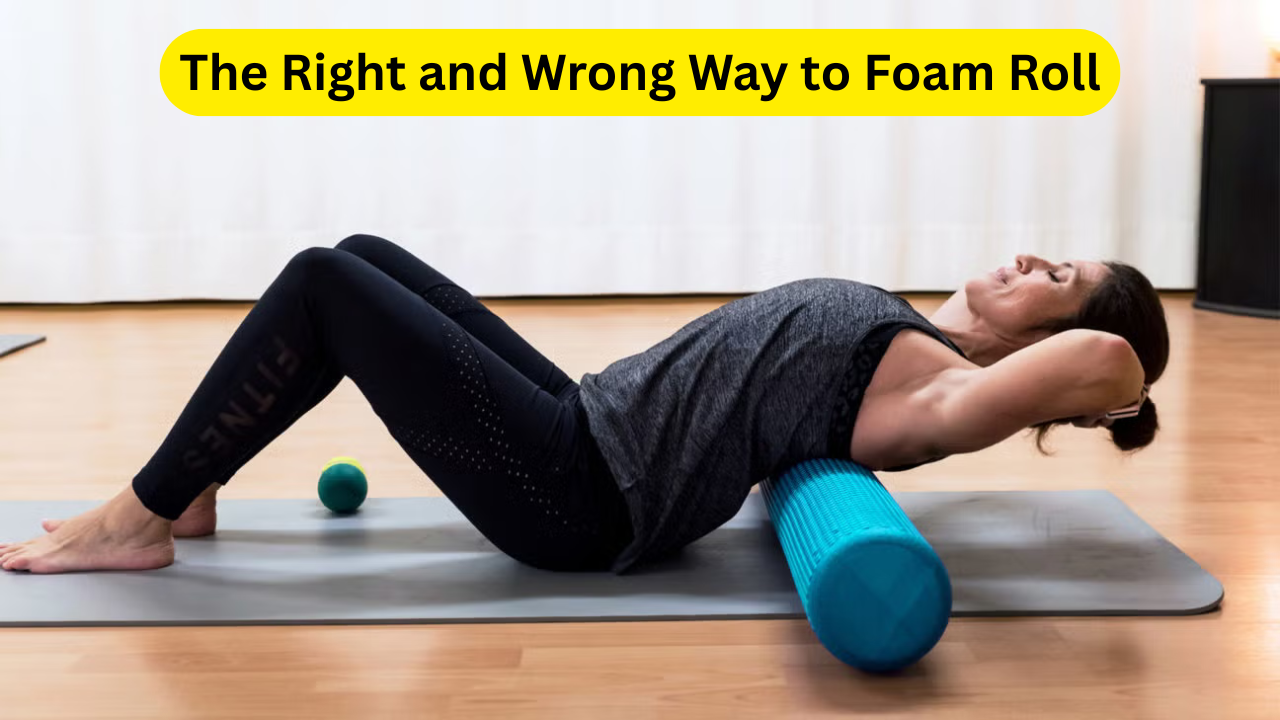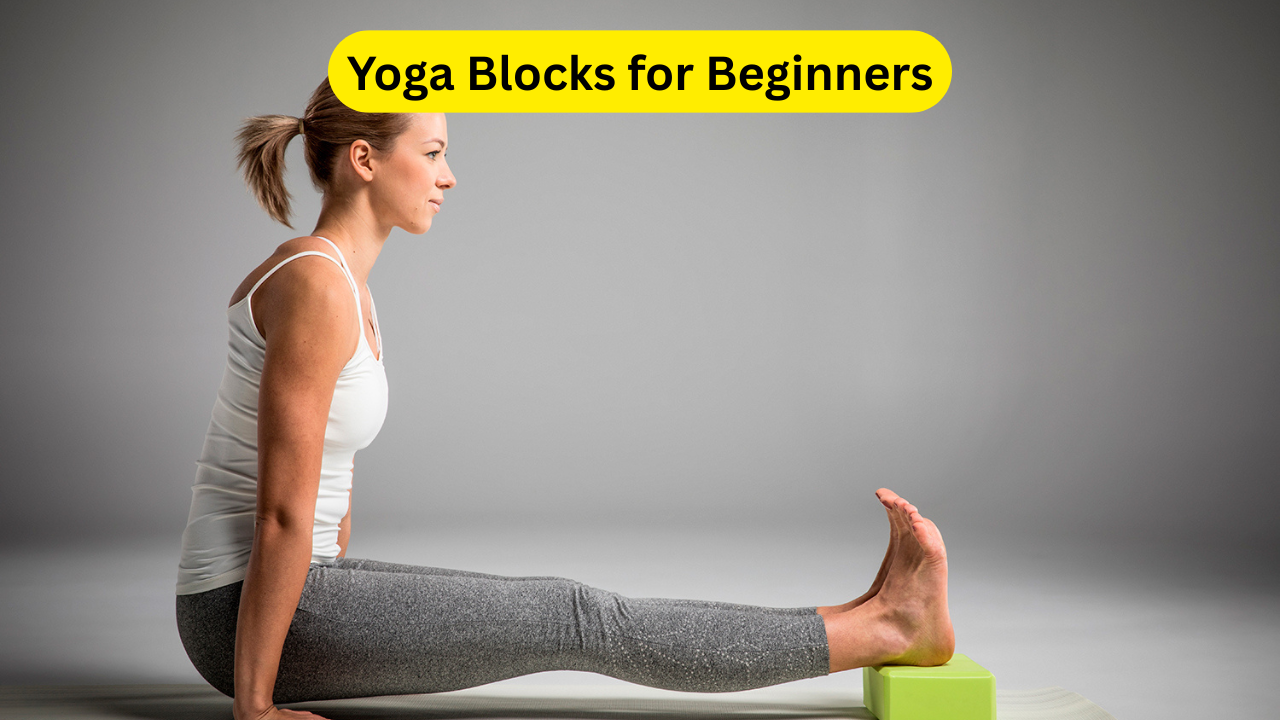Walking for 30 Minutes vs. Yoga for 30 Minutes: When it comes to staying active and healthy, two of the most popular options are walking and yoga. Both activities offer unique benefits, but which one is better for you? Whether your goal is to burn calories, improve heart health, or enhance mental well-being, understanding the differences between walking and yoga can help you make an informed decision. This article dives deep into the benefits of both activities, comparing their impacts on physical and mental health, and helping you choose the best option based on your fitness goals.
Walking is often hailed as one of the simplest yet most effective forms of exercise. It requires no special equipment, can be done almost anywhere, and is suitable for people of all fitness levels. A 30-minute walk can significantly improve cardiovascular health, aid in weight loss, and boost overall energy levels. On the other hand, yoga is a low-impact exercise that focuses on flexibility, strength, and mindfulness. A 30-minute yoga session can help reduce stress, improve posture, and enhance mental clarity. But which activity burns more calories? Which one is better for long-term health? Let’s explore these questions in detail.
If your primary goal is to burn calories and improve heart health, walking might have a slight edge. However, yoga offers unique benefits that walking cannot match, such as improved flexibility, balance, and mental relaxation. The choice between walking and yoga ultimately depends on your individual needs, preferences, and fitness goals. In this article, we’ll break down the benefits of both activities, compare their impacts on various aspects of health, and provide tips on how to incorporate them into your daily routine.
Click here: Unlock the Power of Meditation: A 10-Minute Guided Practice for Beginners
Benefits of Walking for 30 Minutes
1. Improves Cardiovascular Health
Walking is a cardiovascular exercise that gets your heart pumping, improving blood circulation and reducing the risk of heart disease. A 30-minute brisk walk can lower blood pressure, reduce bad cholesterol levels, and strengthen the heart muscle.
2. Aids in Weight Loss
Walking is an effective way to burn calories. On average, a 30-minute walk can burn between 100-200 calories, depending on your weight and walking speed. Consistent walking can help create a calorie deficit, which is essential for weight loss.
3. Boosts Mental Health
Walking outdoors, especially in nature, can reduce stress, anxiety, and depression. The combination of physical activity and fresh air releases endorphins, the body’s natural mood elevators.
4. Enhances Joint and Muscle Health
Walking is a low-impact exercise that strengthens the muscles and joints without putting too much strain on them. It’s particularly beneficial for people with arthritis or joint pain.
Benefits of Yoga for 30 Minutes
1. Improves Flexibility and Balance
Yoga involves a series of stretches and poses that enhance flexibility and balance. Regular practice can help you move more freely and reduce the risk of injuries.
2. Builds Strength
Many yoga poses require you to support your body weight, which helps build muscle strength. Poses like plank, downward dog, and warrior poses are excellent for toning muscles.
3. Reduces Stress and Anxiety
Yoga emphasizes deep breathing and mindfulness, which can significantly reduce stress levels. It activates the parasympathetic nervous system, promoting relaxation and mental clarity.
4. Enhances Posture and Core Stability
Yoga focuses on alignment and core engagement, which can improve posture and reduce back pain. It also strengthens the core muscles, supporting overall stability.
Walking vs. Yoga: A Detailed Comparison
Calorie Burn
- Walking: Burns more calories per session compared to yoga. A 30-minute brisk walk can burn 100-200 calories.
- Yoga: Burns fewer calories, typically 50-150 calories in 30 minutes, depending on the intensity of the session.
Cardiovascular Health
- Walking: Excellent for heart health, as it increases heart rate and improves circulation.
- Yoga: While not as intense as walking, certain types of yoga (like Vinyasa or Power Yoga) can provide cardiovascular benefits.
Mental Health
- Walking: Reduces stress and improves mood through physical activity and exposure to nature.
- Yoga: Offers deeper mental relaxation through mindfulness and breathing techniques.
Flexibility and Strength
- Walking: Improves muscle tone and joint health but does not significantly enhance flexibility.
- Yoga: Greatly improves flexibility, balance, and strength through various poses and stretches.

How to Choose Between Walking and Yoga
Choose Walking If:
- Your goal is to burn calories and lose weight.
- You want to improve cardiovascular health.
- You prefer a simple, equipment-free exercise.
Choose Yoga If:
- You want to improve flexibility, balance, and strength.
- You’re looking for a low-impact exercise that also reduces stress.
- You enjoy mindfulness and relaxation techniques.
Also read: Toyota C-HR+ Electric SUV Unveiled: A New Era of Versatility and Performance
Walking for 30 Minutes vs. Yoga for 30 Minutes Conclusion
In the debate between walking for 30 minutes and practicing yoga for 30 minutes, the answer isn’t one-size-fits-all. Both activities offer distinct advantages, and the best choice depends on your personal fitness goals, lifestyle, and preferences. Walking is a straightforward, accessible form of exercise that excels in improving cardiovascular health, burning calories, and boosting overall energy levels. It’s an excellent option for those who want a simple yet effective way to stay active without needing any special equipment or training.
On the other hand, yoga provides a holistic approach to health, focusing not only on physical fitness but also on mental and emotional well-being. Through its combination of stretching, strength-building, and mindfulness, yoga can enhance flexibility, reduce stress, and improve posture. It’s particularly beneficial for individuals seeking a low-impact exercise that also promotes relaxation and mental clarity.
For those who are torn between the two, combining walking and yoga can be a winning strategy. Incorporating both activities into your weekly routine allows you to enjoy the cardiovascular and calorie-burning benefits of walking while reaping the flexibility, strength, and stress-relief advantages of yoga. This balanced approach ensures that you’re addressing all aspects of your health—physical, mental, and emotional.
Ultimately, the key to reaping the benefits of either activity is consistency. Whether you choose walking, yoga, or a mix of both, committing to regular exercise is what will yield long-term results. Listen to your body, set realistic goals, and find joy in the process. Staying active doesn’t have to feel like a chore; it can be a rewarding and enjoyable part of your daily life.
In conclusion, both walking and yoga are powerful tools for improving your health and well-being. By understanding their unique benefits and tailoring your routine to suit your needs, you can create a sustainable fitness plan that helps you feel your best. Whether you’re lacing up your walking shoes or unrolling your yoga mat, the most important step is the one that gets you moving.
Walking for 30 Minutes vs. Yoga for 30 Minutes FAQs
1. Which is better for beginners: walking or yoga?
Both walking and yoga are beginner-friendly, but walking is often easier to start with because it requires no prior knowledge or equipment. Yoga, while accessible, may require some guidance to learn proper poses and techniques. Beginners can start with gentle yoga classes or online tutorials to build confidence.
2. Can walking or yoga help with back pain?
Yes, both activities can help with back pain, but in different ways. Walking strengthens the muscles that support the spine and improves circulation, which can alleviate discomfort. Yoga, on the other hand, focuses on stretching and strengthening the core and back muscles, improving posture and reducing tension. If you have chronic back pain, consult a healthcare professional before starting any new exercise routine.
3. How often should I walk or do yoga to see results?
For noticeable results, aim to walk or practice yoga at least 3-5 times per week. Consistency is more important than duration, so even 20-30 minutes per session can be effective. Over time, you can increase the frequency or intensity of your workouts as your fitness level improves.
4. Is yoga suitable for weight loss, or is walking better?
Walking is generally more effective for weight loss because it burns more calories. However, yoga can support weight loss indirectly by reducing stress (which is often linked to overeating) and building muscle (which boosts metabolism). For optimal weight loss, consider combining both activities with a healthy diet.
5. Can I do yoga or walking if I have joint issues?
Yes, both activities can be adapted for individuals with joint issues. Walking is a low-impact exercise that is gentle on the joints, especially if done on soft surfaces like grass or a treadmill. Yoga can also be modified to suit your needs, with poses that avoid putting pressure on sensitive joints. Always consult a healthcare provider or a qualified instructor to ensure you’re practicing safely.







